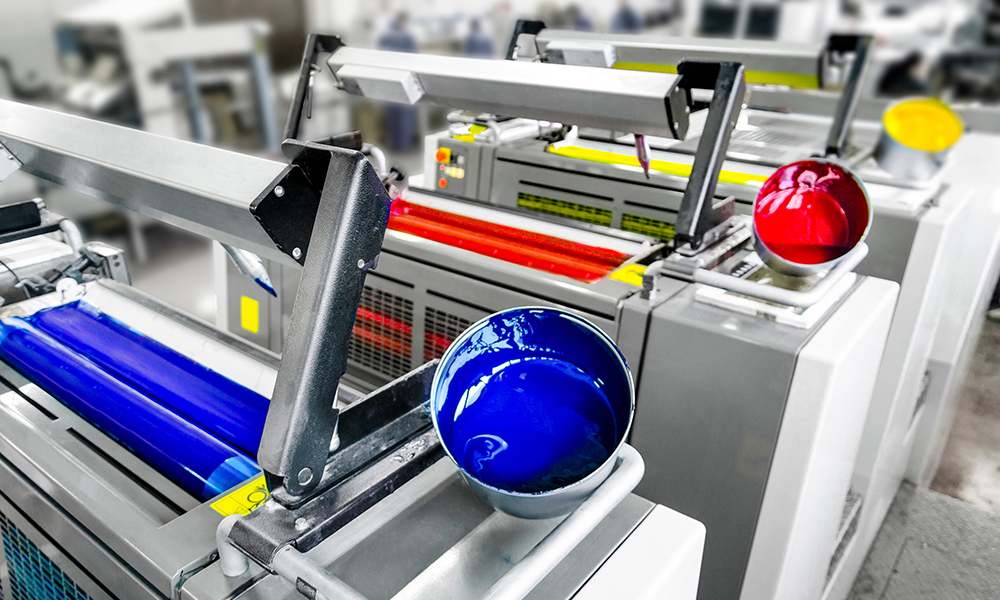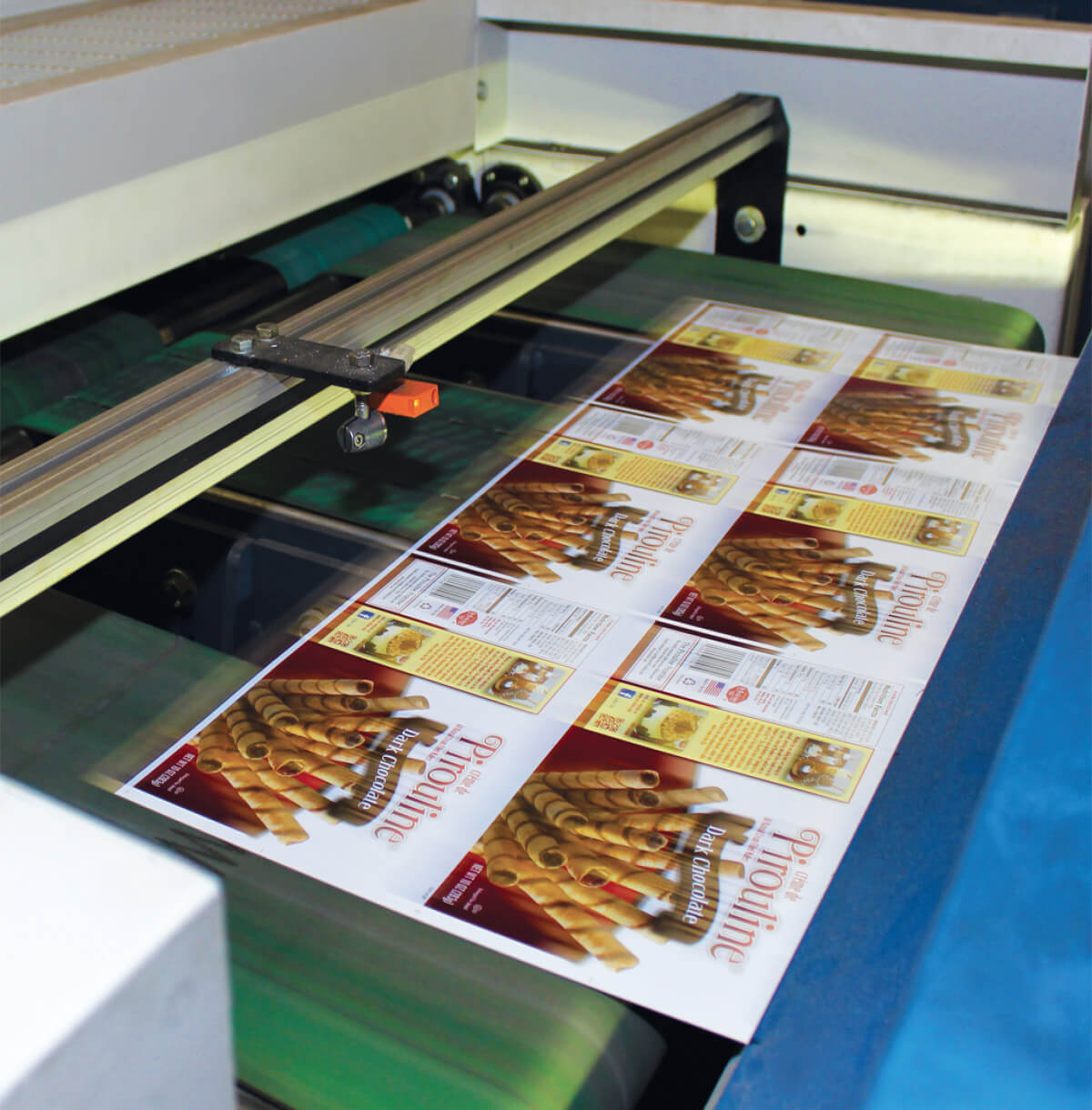A Comprehensive Overview to Comprehending Litho Printing Methods
The world of litho printing, a strategy stemming from the late 18th century, is an interesting mix of background, art, innovation and scientific research. Stay with us as we trip into the captivating realm of litho printing.
The Historic Evolution of Litho Printing
The historical trajectory of litho printing, a critical advancement in the realm of communication, is a fascinating story of human ingenuity. Birthed in the late 18th century by Alois Senefelder, this technique was initially a cost-effective method of releasing staged jobs. Lithography, originated from the Greek words for 'stone' and 'to create', made use of a smooth stone surface area to transfer photos onto paper. The procedure progressed with the advent of the rotary press, which significantly enhanced efficiency (litho printing). In the 20th century, the innovation of offset lithography reinvented the market, allowing for mass manufacturing of high-quality prints. Each stage of litho printing's advancement showcases humanity's relentless pursuit of efficiency and quality in aesthetic communication.
Translating the Science Behind Litho Printing Inks
Moving on in the exploration of litho printing techniques, the emphasis currently shifts to the scientific research behind litho printing inks. The structure of these inks, their drying out process, and shade mixing strategies develop the backbone of this complex art type. Understanding these elements is essential to understanding the craft and attaining the wanted print outcomes.
Composition of Litho Inks
In lithographic printing, the basic function of litho inks can not be overstated. The structure of litho inks differs relying on its purpose, however generally, they are composed of 2 main elements - automobiles and pigments. Pigments, the color-providing components, are carefully ground particles suspended in the vehicle, a liquid that brings the pigment onto the printing surface. The car is a complex mix of solvents, resins, and oils, which influence the ink's drying out time, adhesion, and gloss. In addition, various ingredients exist to improve particular residential or commercial properties like flow, drying out, and resistance to ecological effects. Each element plays an essential component in the last print's quality, making the precise formulation of litho inks an intricate scientific research.
Ink Drying Process
From the structure of litho inks, attention turns to the fascinating process of ink drying out. 2 main approaches are made use of in litho printing: oxidative drying and absorption. Absorption, on the other hand, involves the ink leaking into the paper fibers, which is a much faster process yet can lead to less lively shades.
Shade Combining Methods
While the drying out procedure plays an essential role in litho printing, the science of shade blending methods holds equal significance. This is a complex procedure that includes the cautious mixing of primaries: cyan, magenta, and yellow, in differing proportions to accomplish a large variety of hues. The addition of black ink, understood as 'crucial', aids in regulating the strength and deepness of the colors. The science behind litho printing inks additionally takes into consideration the transparency of the ink, which influences exactly how colors overlay and mix. To attain a reliable shade mix, print specialists should also recognize the ins and outs of ink actions, color concept, and the physical residential properties of the substratum on which the ink is applied.
The Art and Style Aspects in Litho Printing
Litho printing takes a breath life right into art and design via its unique components. The procedure includes creating a picture on a lithographic sedimentary rock plate or metal plate with a smooth surface area. The picture is after that printed onto a tool, generally paper, by moving the ink from the plate. What sets litho publishing apart is its capacity to duplicate complex styles with high integrity, making the outcome nearly identical to the original artwork. This is accomplished through using different line techniques such as stippling, hatching, and cross-hatching, which permit a range of tonal impacts. Moreover, litho printing fits a selection of shades, allowing musicians to produce vibrant and vibrant prints. This combination of accuracy and versatility makes litho printing a recommended selection for several musicians and designers.
Modern Applications of Litho Printing Strategies
Litho printing strategies have actually found extensive use in the contemporary business sector. Its impact and significance remain to expand with the development of brand-new innovations and technologies in the area. This section will check out these modern applications and the transformative duty they play in the printing market.
Industrial Litho Printing Utilizes
In today's electronic age, one might wonder about the importance of traditional printing approaches. Litho printing stays a critical component of the commercial field. High-volume printing tasks, such as the production of publications, papers, and product packaging, rely upon litho printing for its capability to supply superior photo high quality and expense performance. The procedure, which includes moving a tattooed image from a plate onto a rubber covering and then to the printing surface, supplies unequaled uniformity. This makes it ideal for work needing a huge print run. Litho printing also gives a wide color range, exceptional to that of digital printing. This makes it the go-to selection for tasks that demand vibrant, premium color recreation.
Developments in Litho Printing
Pushing the borders of typical techniques, contemporary advancements have actually sustained a host of technologies in litho printing. These developments have not only enhanced the high quality and performance of litho prints but also expanded its application scope. One famous advancement is electronic litho printing, which incorporates the merits of electronic modern technology with litho's top quality outcome. This crossbreed version provides faster configuration times, decreased waste, and makes it possible for on-demand printing. Another remarkable advancement is the introduction of eco pleasant inks. These inks, made from vegetable or soy-based options, have More Info actually significantly decreased the industry's ecological influence. litho printing. Additionally, the growth of innovative plate modern technology has streamlined the printing procedure, leading to sharper pictures and boosted shade fidelity. These innovations highlight the enduring importance of litho printing in the contemporary world.
Discovering the Process of Litho Printing: Step by Step

Challenges and Solutions in Contemporary Litho Printing

In spite of the precision and tradition that More Help litho printing proudly supports, it is not without its set of modern obstacles. One of the most widespread concerns consist of the high initial setup price, problem in printing variable information, and environmental problems because of chemical usage. Remedies are arising as innovation develops. Digital litho printing permits cost-effective short runs and easy customization, attending to the problem of variable data. Environmentally-friendly inks and more secure plate-making processes reduce ecological concerns. Furthermore, innovations in automation have reduced labor costs, even more equalizing the lithography procedure. Therefore, while there are obstacles, the litho printing market is proactively adapting to satisfy them head-on, guaranteeing its importance in the future.
Final thought
In conclusion, litho printing, with its abundant history and clinical details, holds a significant area have a peek at this site in the print sector. The future of litho printing pivots on its capability to adjust to these changing demands, verifying its enduring value in a progressing market.
